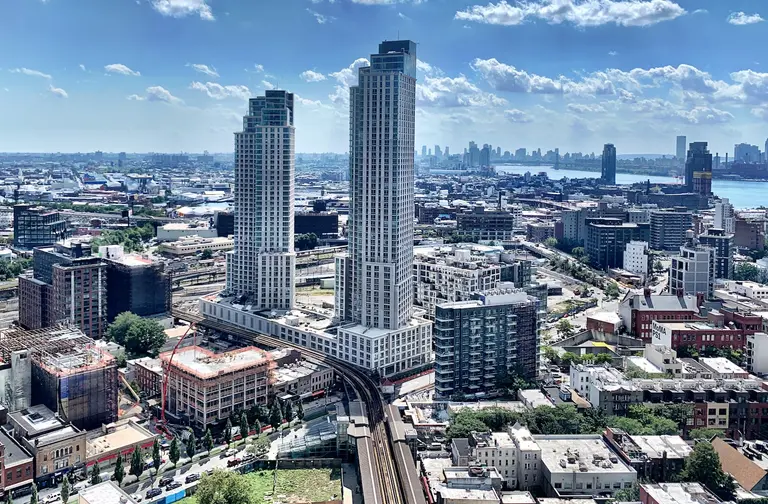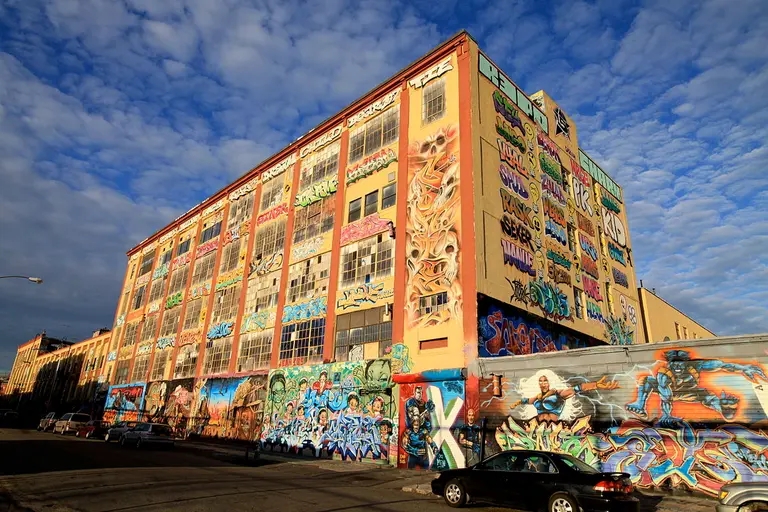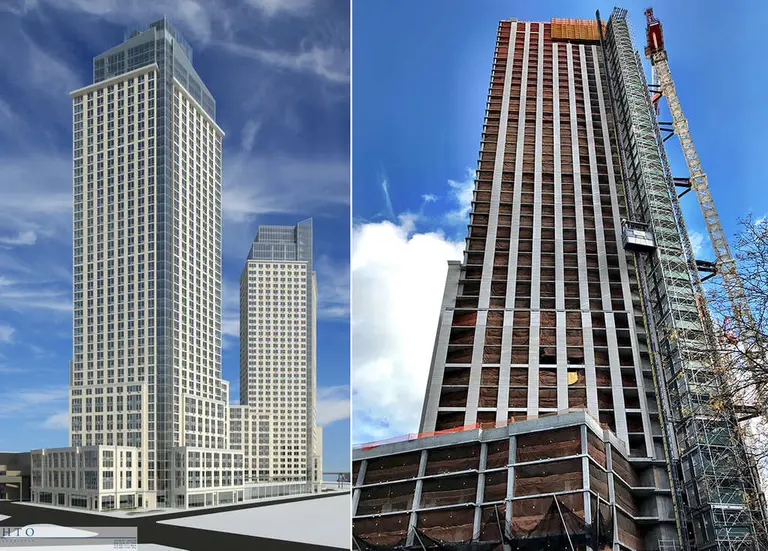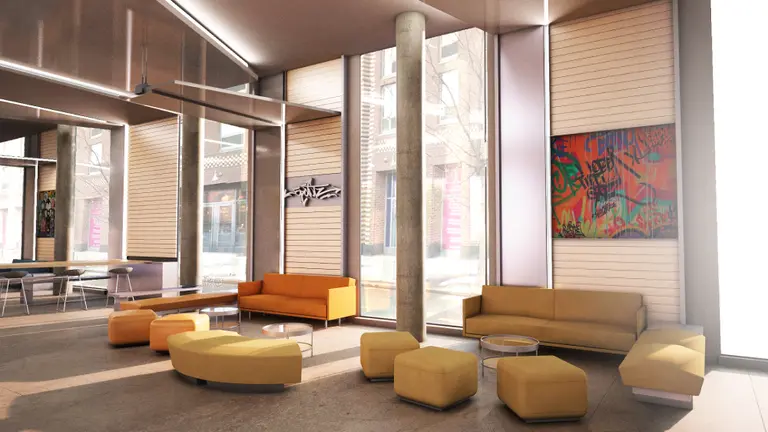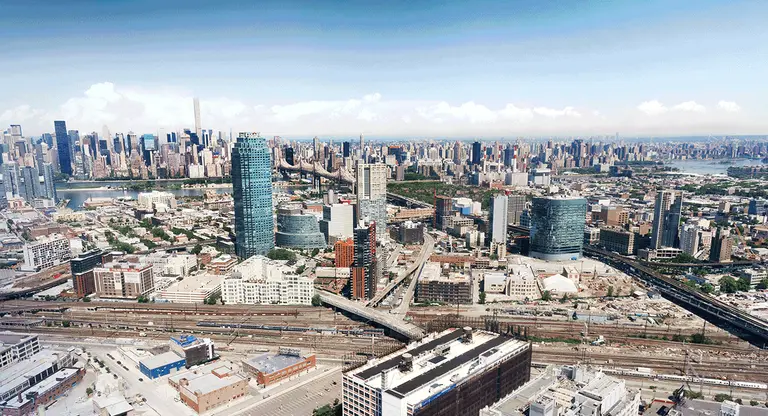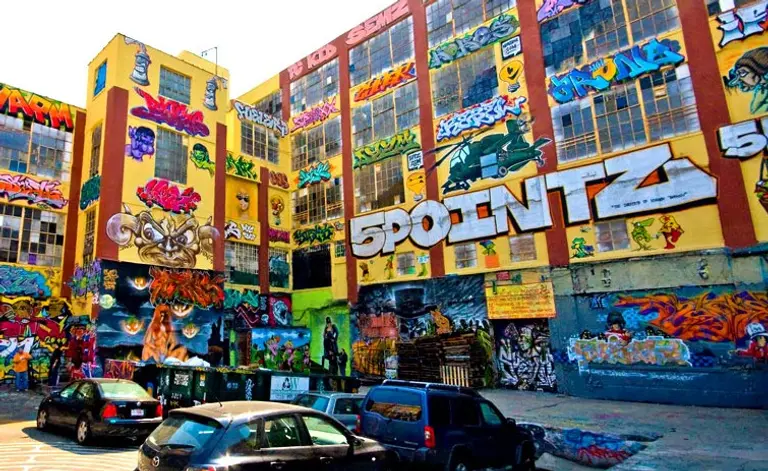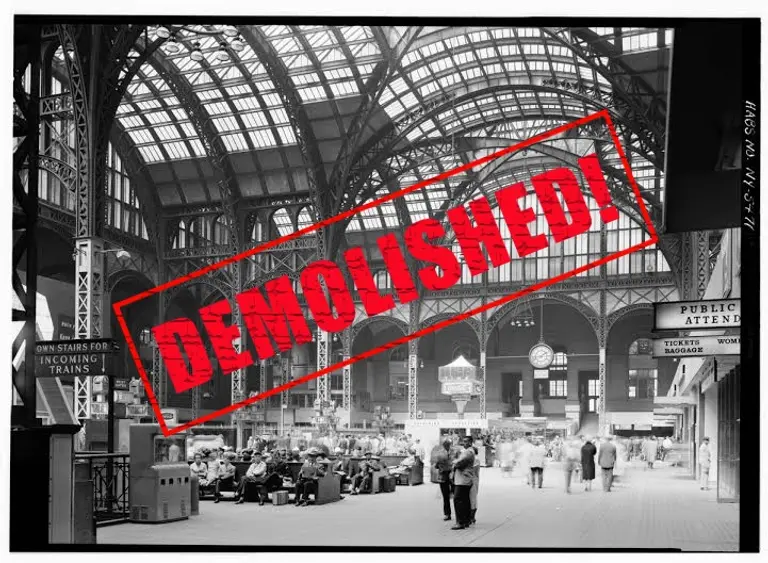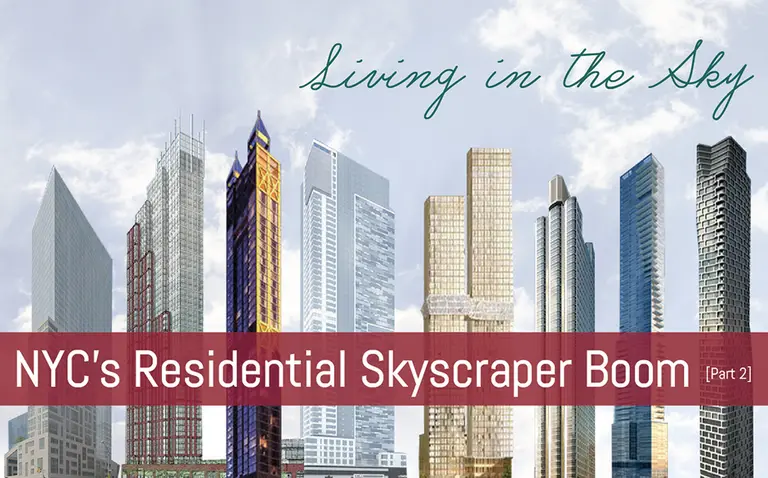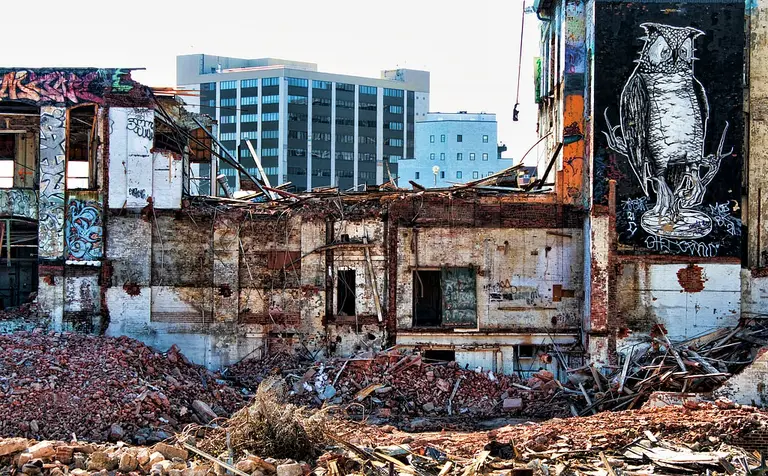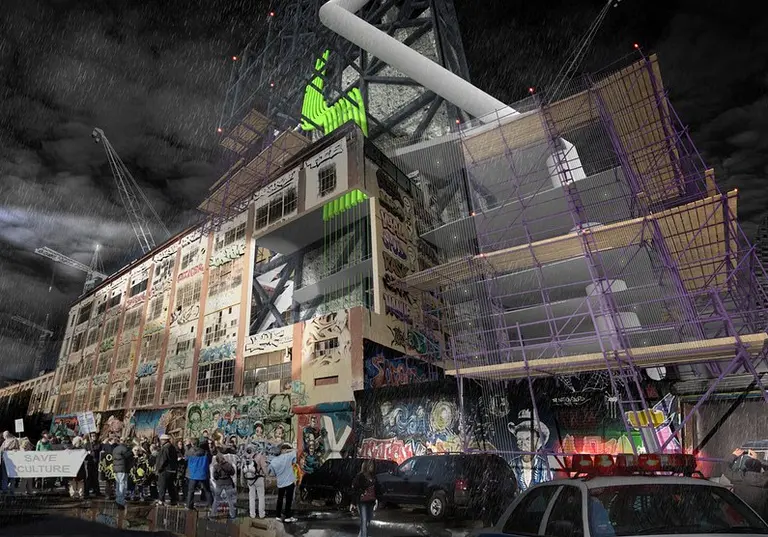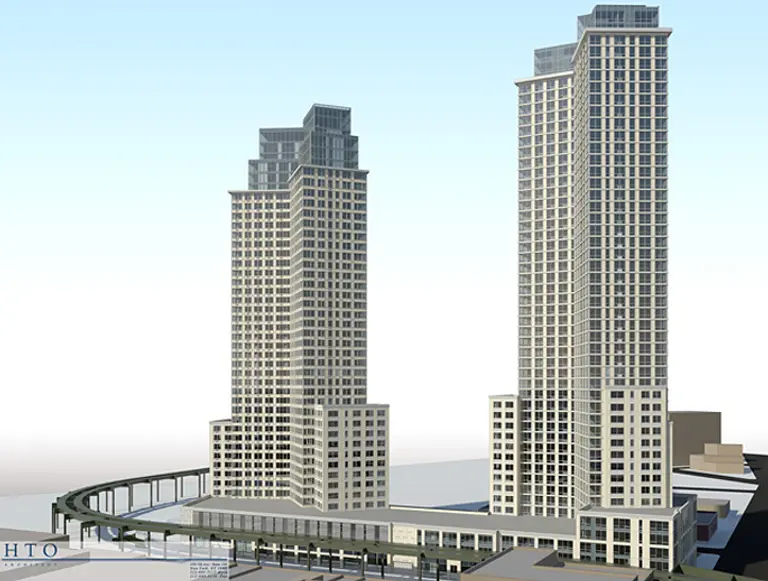5Pointz graffiti artists whose work was destroyed will get a chance to face developer in court
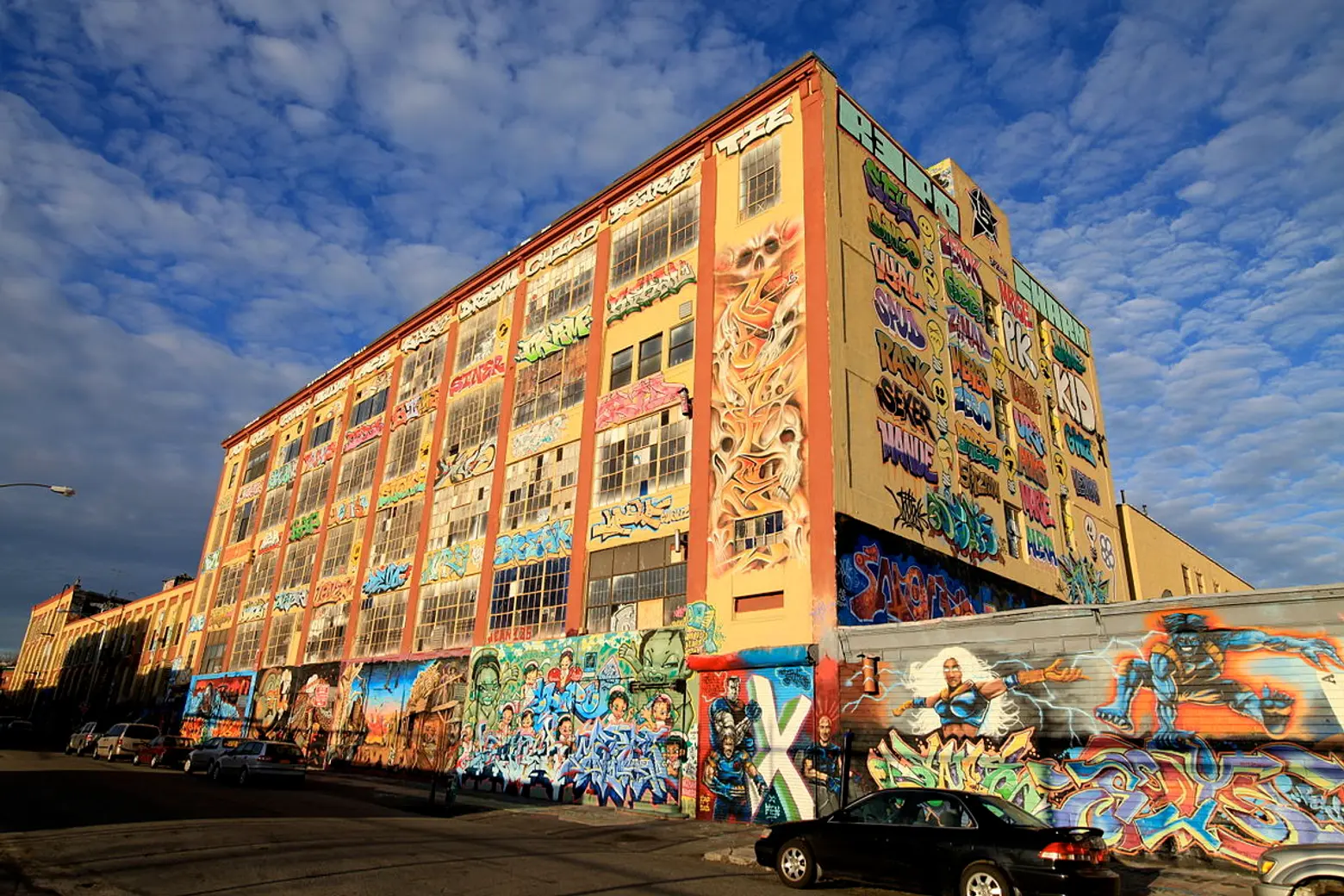
Photo via Wikimedia Commons
Photo via Wikimedia Commons
Starting with the news that the iconic graffiti-covered warehouse known as 5Pointz in Long Island City, Queens, visible from passing trains since its beginnings the 1990s as an artists’ studio and exhibition space, was being razed and replaced by rental apartments, the building has been the subject of heated controversy. As 6sqft previously reported, in 2013 the complex was whitewashed of its colorful exterior murals under cover of night, and renderings surfaced for the rental towers that would replace it; as if to add insult to injury, the building’s owner, Jerry Wolkoff of G&M Realty, revealed plans to use the name 5Pointz as a marketing angle for the new development. Several attempts were made at intervention–and prevention of a similar fate for artists’ spaces since then. Now, the New York Times reports, a federal lawsuit filed by 23 5Pointz artists against Wolkoff, who ordered the art destroyed, is getting its day in court. On March 31, Judge Frederic Block of Federal District Court in Brooklyn ruled that the federal lawsuit against Wolkoff, who ordered the artwork destroyed–could have a jury trial, an incremental legal victory for the artists and a chance to confront Wolkoff in court to seek redress.
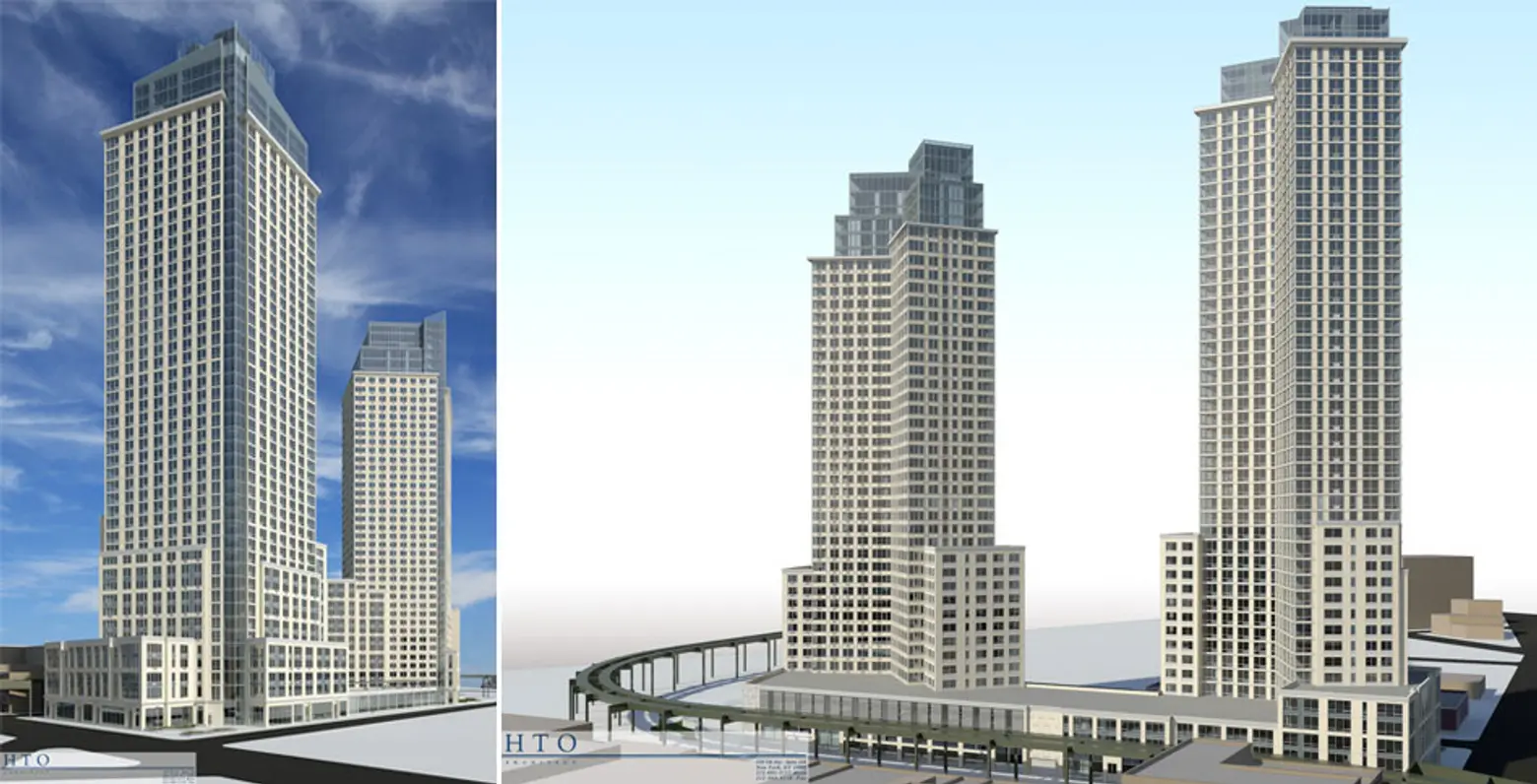 Exterior rendering of the new rental towers via HTO Architect
Exterior rendering of the new rental towers via HTO Architect
The plaintiffs hope the case will set a landmark precedent. Graffiti and other street art has gained prominence–and monetary value, an important component of the case–in recent years, and celebrity artists like Banksy have at various times joined the effort to avenge the 5Pointz creators.
Early on, Wolkoff, who had owned the building on Jackson Avenue since the 1970s, had given the artists his permission to turn it into a graffiti mecca. A particularly relevant part of the case is the fact that the paintings were removed at night with no warning. Artist Jonathan Cohen, who goes by the name Meres1, said he had hoped he’d be able to photograph the murals and remove a good portion of the art–much of it was pained on removable siding panels–prior to removal, and that it “could have filled a museum somewhere.”
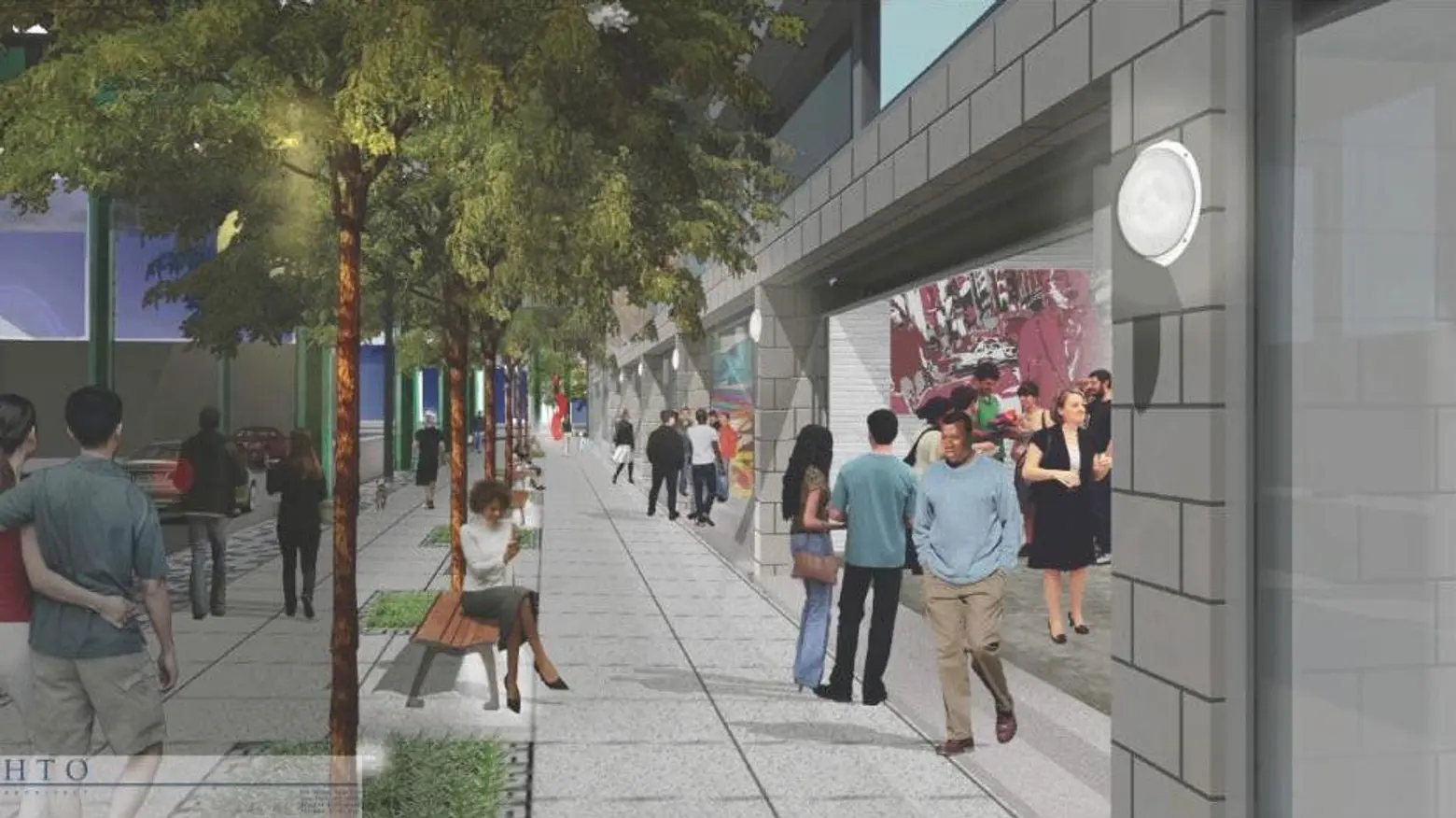
Exterior and park rendering of 22-44 Jackson Avenue via HTO Architect
Mr. Wolkoff called the judge’s latest decision “mind boggling,” saying the art had only been intended for short-term display. “They call it bombing,” he said, claiming that the 5Pointz artists were following the street tradition of creating murals knowing they’d be painted over by other artists. “There were tens of thousands of paintings there, over the years, and they’d last for three or six or nine months.” Wolkoff said he “likes and respects” the artists and that “I never thought they’d sue me–they bit the hand that fed them. They knew for 10 years I was going to tear the building down.”
But why, the question remains, was it necessary to wipe the building of its adorment in secret without notice to the artists, a decision that doesn’t exactly exude respect. Eric Baum of Eisenberg & Baum, the law firm handling the artists’ lawsuit, says Mr. Wolkoff did not, in fact, provide legal notice in writing at least 90 days in advance, which would have provided the opportunity to preserve the art. The suit contends that the art, created with the owner’s permission, falls under the Visual Artists Rights Act of 1990, which can protect artists whose public art, though on someone else’s property, is of “recognized stature.” “We will make the jury aware,” said Baum, “that this was not graffiti, not vandalism, but rather work done with the permission of the owner, by artists of recognized stature, and protected by law.” Mr. Baum called the nighttime whitewashing disrespectful and cruel.
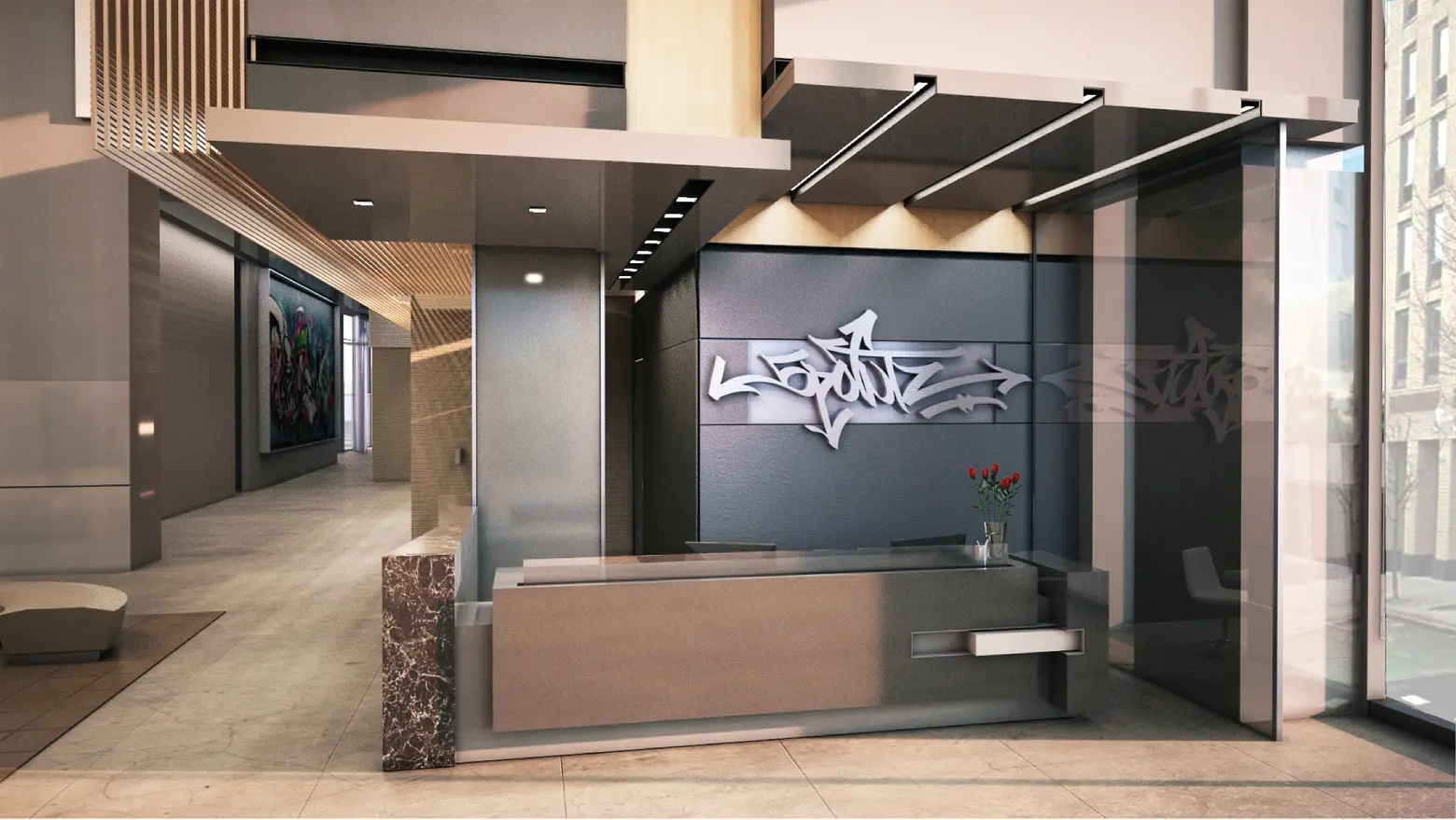
Common area rendering of 22-44 Jackson Avenue via Mojo Stumer
Mr. Wolkoff, who claims he cried when the building came down, said he made the decision to go stealth with the whitewashing to avoid more confrontation. The two high-rises that will replace the warehouse will offer 1,200 market-rate rentals starting in 2018. Wolkoff claims the development will include a public plaza with concrete walls, and that he plans to invite street artists–the ones who haven’t sued him, at any rate–to return and paint.
[Via NYTimes]
RELATED:
- New Renderings of What Will Replace Graffiti Art Mecca 5Pointz Emerge
- 5Pointz Developer Wants to Use Iconic Name for New Residential Towers
- Following Demo of 5Pointz, New Group DEFACED Seeks to Preserve Artistic Relics
- First look at the artsy common spaces of 5Pointz-replacing rental towers
Exterior and park renderings via HTO Architect; common area renderings via Mojo Stumer
